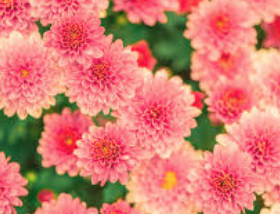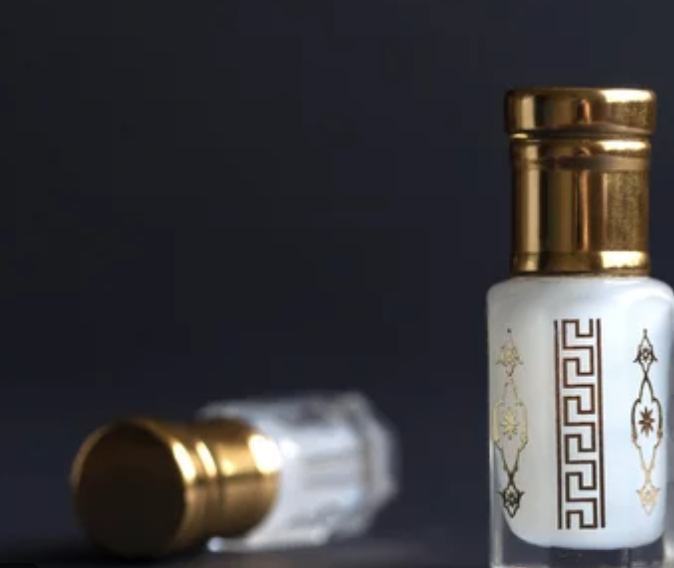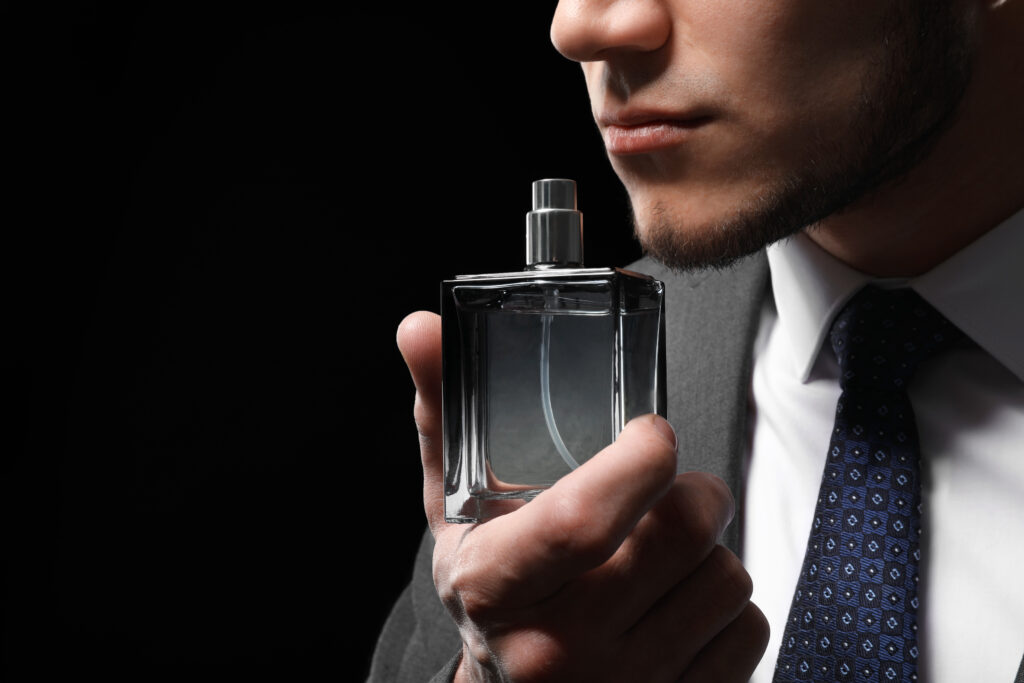
Welcome to the captivating realm of floral incense, where fragrances bloom like flowers in a serene garden, enchanting the senses and transporting you to a world of tranquility and beauty. In this blog post, we’ll embark on a sensory journey through the alluring world of floral incense, exploring its origins, benefits, and the diverse array of scents that captivate hearts and minds alike.
The Ancient Origins of Floral Incense
Floral incense holds a rich and storied history, dating back thousands of years to ancient civilizations across the globe. From the sacred temples of Egypt to the tranquil monasteries of China, incense has played a central role in spiritual rituals, meditation practices, and healing ceremonies.
In cultures such as India and Japan, the art of incense-making became a revered tradition, with master artisans crafting intricate blends of natural resins, herbs, and essential oils to create fragrances that uplift the spirit and soothe the soul. Floral scents, in particular, were prized for their delicate beauty and symbolic significance, evoking feelings of purity, love, and divine grace.
Benefits of Floral Incense:
Floral incense offers a myriad of benefits for the mind, body, and spirit, making it a beloved companion for relaxation, meditation, and spiritual exploration. With their delicate aromas and therapeutic properties, floral scents can:
Promote relaxation and stress relief, easing tension and anxiety.
Enhance focus and concentration, creating an ideal environment for meditation and mindfulness practices.
Purify the air and neutralize unpleasant odors, creating a fresh and inviting atmosphere.
Inspire feelings of joy, serenity, and well-being, uplifting the spirit and nourishing the soul.
Incorporating Floral Incense into Your Lifestyle:
Embracing the beauty of floral incense is a simple yet profound way to enhance your daily life and cultivate a deeper connection to the world around you. Whether you’re seeking moments of tranquility, inspiration, or spiritual growth, floral incense offers a versatile and accessible means of self-care and self-expression. My friend David who owns Concrete Company Mobile AL, also grows flowers as a side business and told me his flowers bring him joy and happiness. After a long day working, he tends to his flowers and the odors of the flowers bring peace to his mind. It will never disappoint you if you grow flowers for their aroma!
Here are some creative ways to incorporate floral incense into your lifestyle:
- Create a sacred space for meditation and reflection, infusing the air with the soothing scent of lavender, rose, or jasmine.
Enhance your yoga practice with the gentle aroma of chamomile, lotus, or sandalwood, deepening your connection to mind, body, and spirit.
Set the mood for romance and intimacy with the enchanting fragrance of rose, ylang-ylang, or neroli, creating a sensual and romantic ambiance.- Transform your home or workspace into a sanctuary of serenity and inspiration, filling the air with the uplifting scents of geranium, patchouli, or bergamot.
Choosing the right floral incense
With a wide variety of floral incense blends available, choosing the right scent can be a delightful adventure of exploration and discovery. Whether you prefer the sweet and delicate aroma of rose, the exotic and intoxicating scent of jasmine, or the calming and grounding fragrance of lavender, there’s a floral incense to suit every mood and occasion.
In conclusion, the enchanting world of floral incense offers a symphony of aromas that delights the senses and nourishes the soul. Whether you’re seeking moments of relaxation, inspiration, or spiritual connection, floral incense provides a simple yet profound way to elevate your environment and enrich your life. So why not indulge in the beauty of floral incense and let its enchanting fragrance uplift your spirits and awaken your senses to the wondrous beauty of the world around you?

